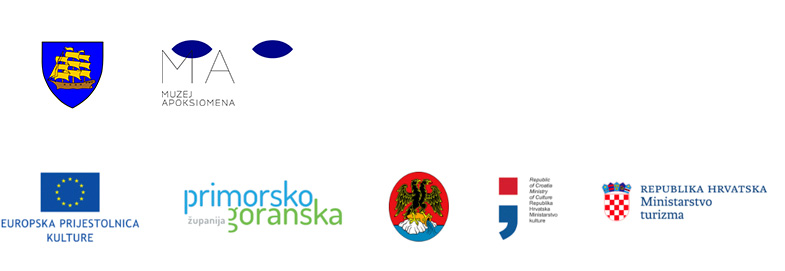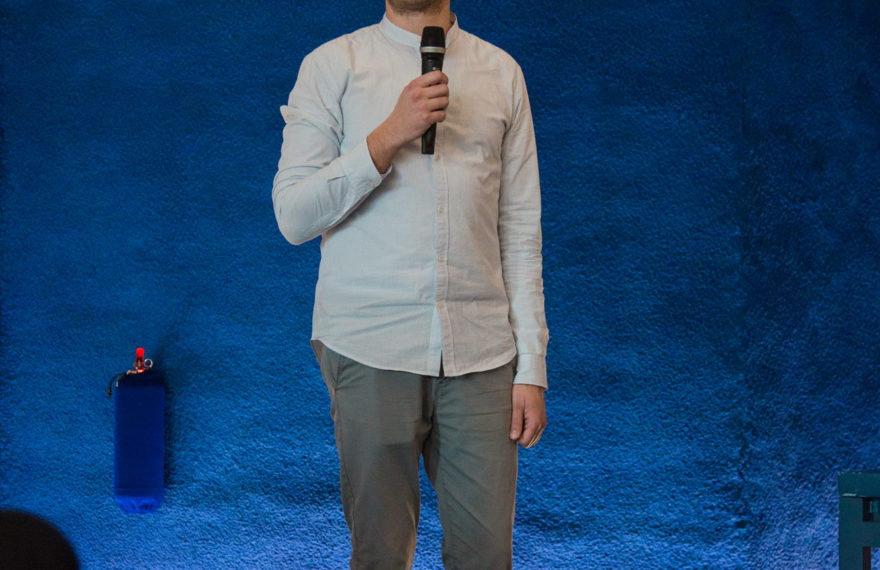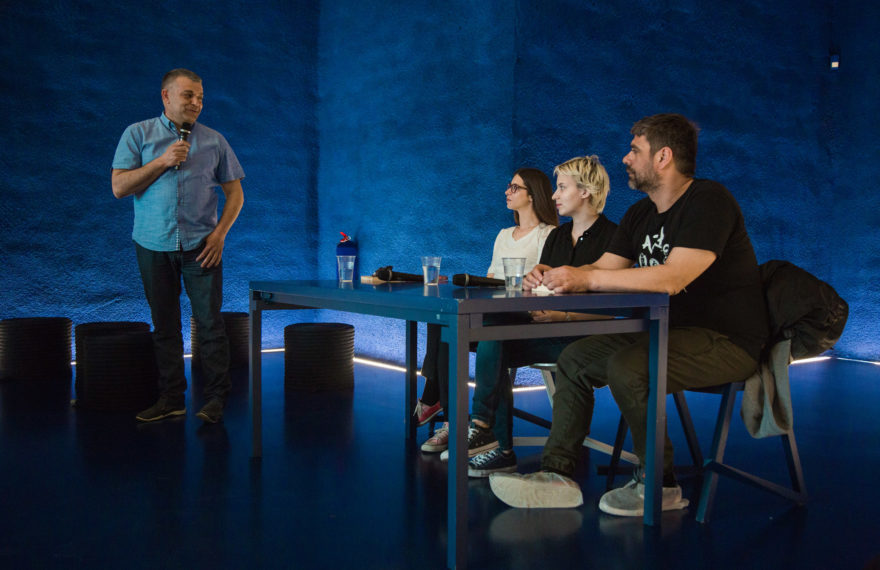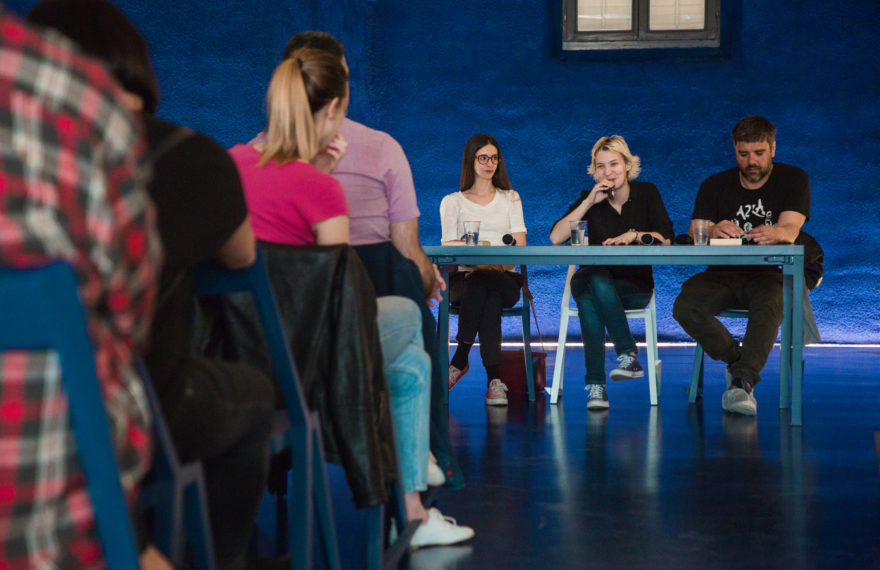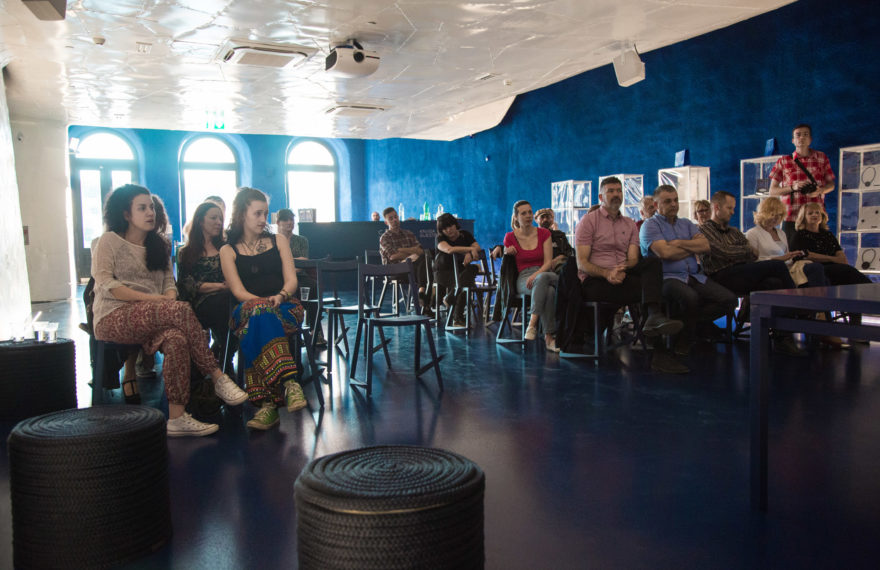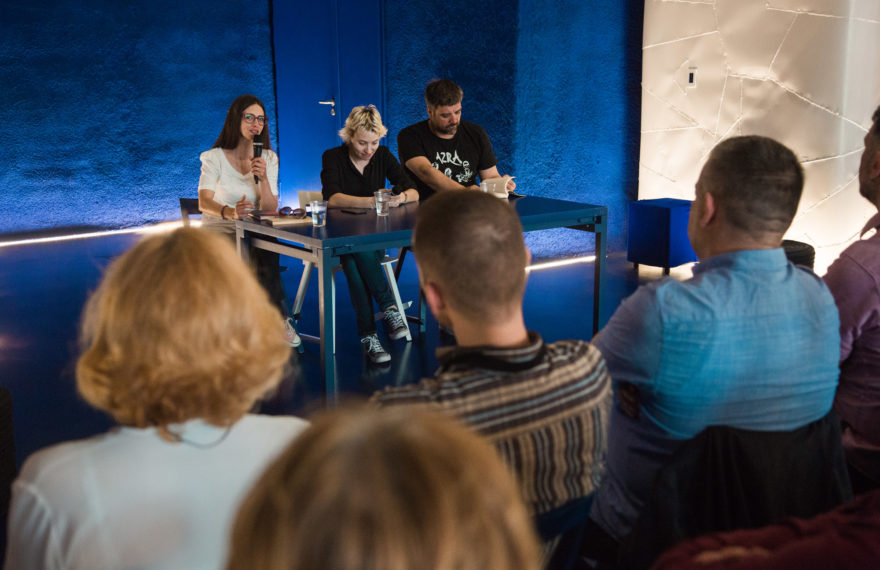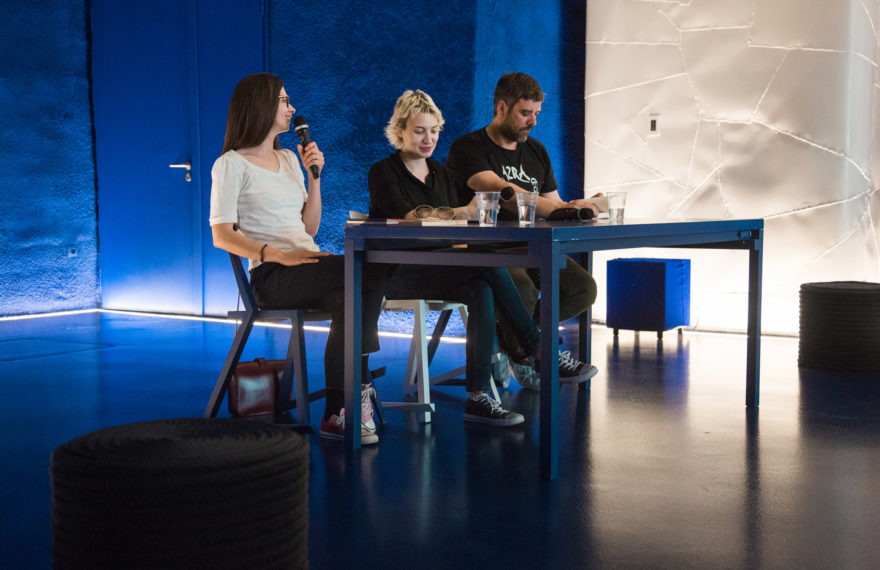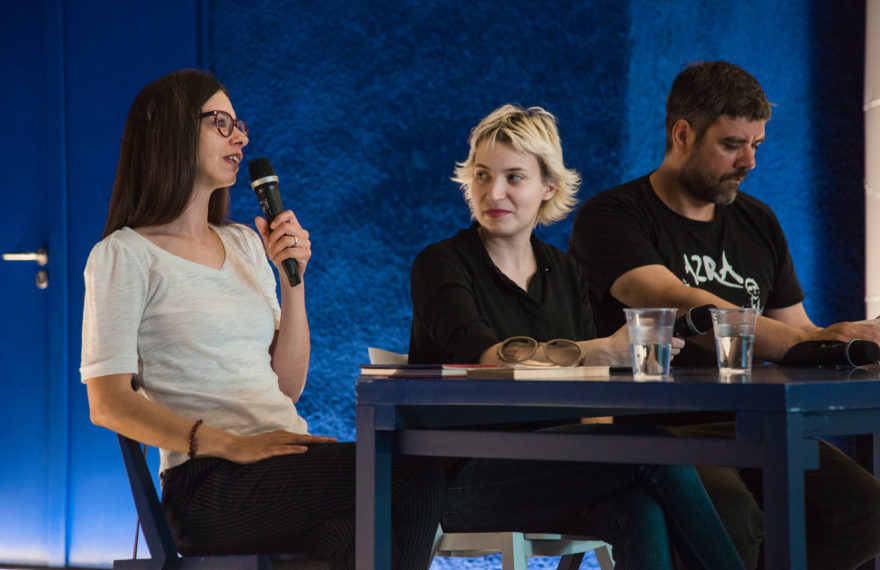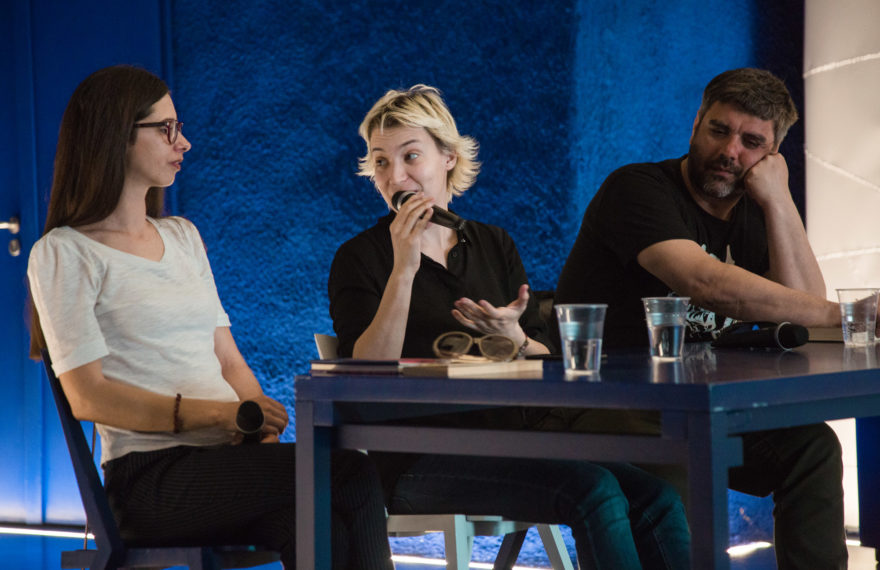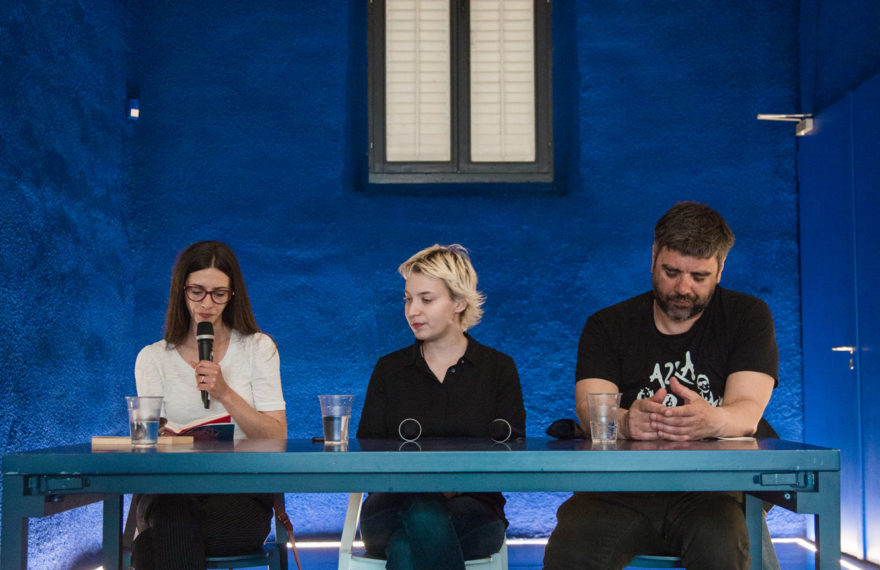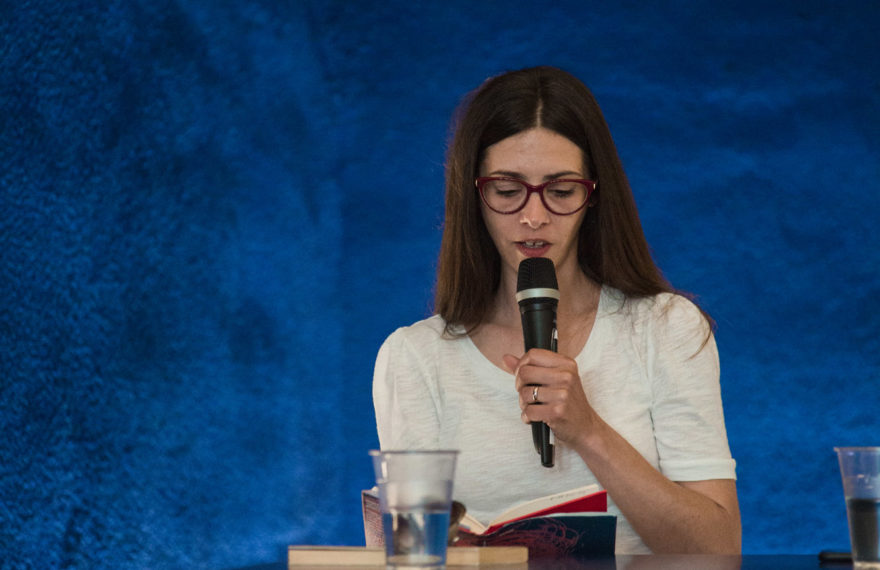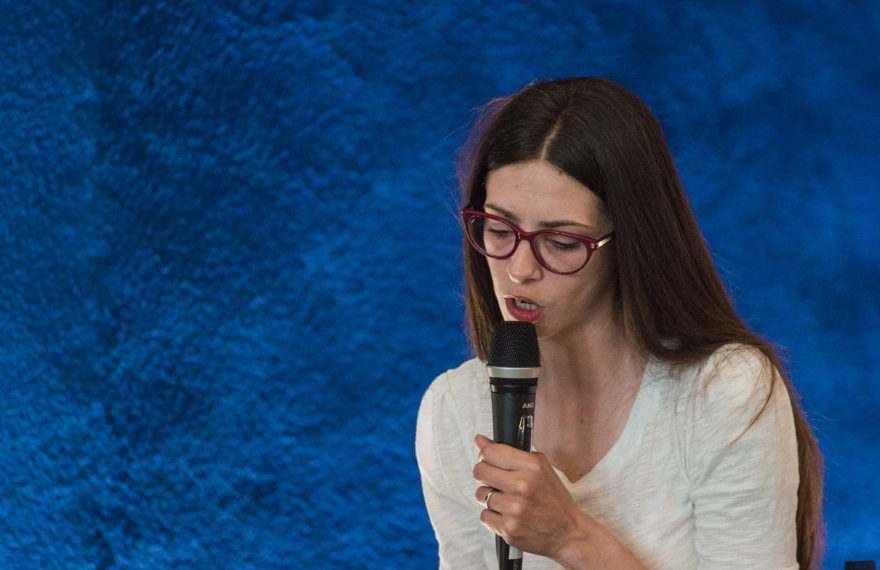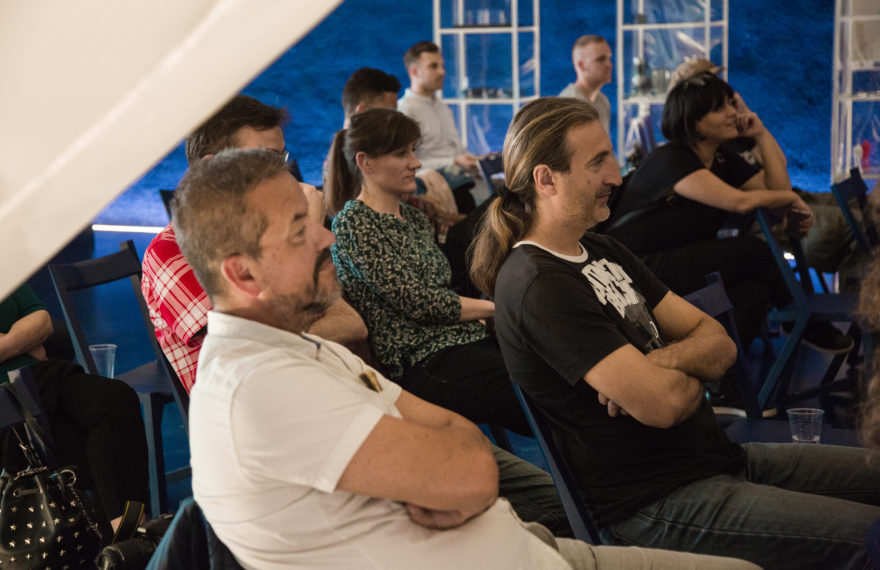Mali Lošinj was used as the inspiration for the story “Dama iz Čikata” (The Lady of Čikat) by: Tea Tulić
Mali Lošinj
Mali Lošinj is the largest town of the island of Lošinj (the title that once belonged to the nearby Veli Lošinj) and its administrative centre (and that of the smaller adjacent islands).
Throughout history, it was marked by maritime exploits and shipbuilding (the shipyard has been functional since 1850), whereas nowadays it’s marked by tourism. In the summer, the town is ripe with tourists, and life on the island settles into a slower pace during winter.
Here on the waterfront, in the Museum of Apoxyomenos, stands the antique bronze statue of Apoxyomenos, 192 cm in height, discovered in 1996 on the seabed of Vele Orjule, a small island near Lošinj, and, nearby, at the Fritzi Palace of the museum of Lošinj, the ceramic Etruscan figurine “Dama iz Čikata” (“The Lady of Čikat”), all of 10.4 cm in height, discovered in 1975 at the town bay of Čikat.
Mali Lošinj is the largest Adriatic island settlement, counting over 6,000 inhabitants.
Tea Tulić
Tea Tulić is a Croatian author, born in Rijeka in 1978. She published prose works in various domestic and international literary journals, including McSweeney’s of San Francisco. She won the “Prozak” award in 2011 for best manuscript by an author up to 35 years of age – for the book of prose “Kosa Posvuda” (“Hair Everywhere”), which was awarded by the Croatian Ministry of Culture as one of the best novels of 2011. The book was also published in Serbia, Italy, Macedonia and Great Britain. The English translation of the book was shortlisted for the European Bank for Reconstruction and Development literature prize of 2018.
She is the member of the jury of the international literary competition Lapis Histriae, as well as the informal literary group RiLit of Rijeka. In cooperation with Enver Krivac and the musical collective Japanski Premijeri, she published a spoken word album “Albumče” (“Little Album”) in 2004. In 2017, she published a book of poetic prose titled “Maksimum jata” (“The Maximum of Flock”).
More on the author and her work
The programme was implemented in cooperation with the Municipality of Mali Lošinj and the Museum of Apoxyomenos.
